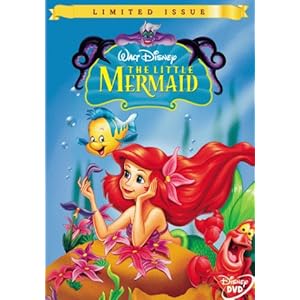
It is obvious that the majority of a child's education comes from the classroom itself, but in turn, so do their experiences with racism. Although schools are no longer segregated, children are still faced with racism at school. Launi E Dahl, author of the article, "Racism in Elementary Classrooms in America," believes the reason children are being exposed to racism is "the categorizing of the non-white students as 'special needs' students, the overwhelming shortage of non-white teachers, and the textbook and curriculum's emphasis on white perspective."I believe Dahl makes a valid idea here, because as I recall my elementary years, there were very few non-white students in the upper level classes and the lower level classes were predominantly Hispanic and African American. For the majority of my time in elementary school, I was placed somewhere between the lower and higher level classes, so I had a pretty even mixture of ethnic groups. However, when it came time to read or do mathematics, I remember noticing the Hispanics and African Americans struggled more and were given extra tutoring sessions. I do not doubt that I was not the only one that noticed this, thus the root of many children's stereotypes.
How early do children develop ideas of racism?
A study developed by researchers Katz and Kofkin showed that infants are able to non verbally categorize people by race and gender by six months old. The researchers argued that because this was very common in six month olds, "initial awareness of race probably begins even earlier." In an article, "Children are not Colorblind," by Erin N. Winkler, the author states that children as young as two "use racial categories to reason about people's behaviors and numerous studies show that three to five year old not only categorize people by race, but express bias based on race."
How does this happen?
While most people would believe children develop their ideals of racism from their parents, many studies disagree. Winkler mentions in her article that children likely develop these views based on "cultural and social norms." In other words, they develop a sense of conformity at an early age. She goes on to explain that children assign people of the same color to hold the same dimensions, in other words, stereotyping; also, she says that society as a whole teaches children that "race is a social category of significance." Children may notice that others come from different neighborhoods, wear different clothes, and speak differently, thus separating them into different categories rather than looking at them as individuals.
What can be done to prevent this?
While there is no sure way to completely eliminate racism in schools, some things can be done to prevent children from thinking like this. One article on the internet titled "How to Raise Tolerant Children" says that parents should be a good role model, be careful what they say, speak to their children about racism while they are young, speak about one-another's differences, and read books that exemplify diversity. There are a few books that could help, such as, "We're Different, We're the Same," by Bobbi Kates or "The Jacket" by Andrew Clements. Most importantly, Winkler expresses in her article, is that parents speak to their children about the matter.









